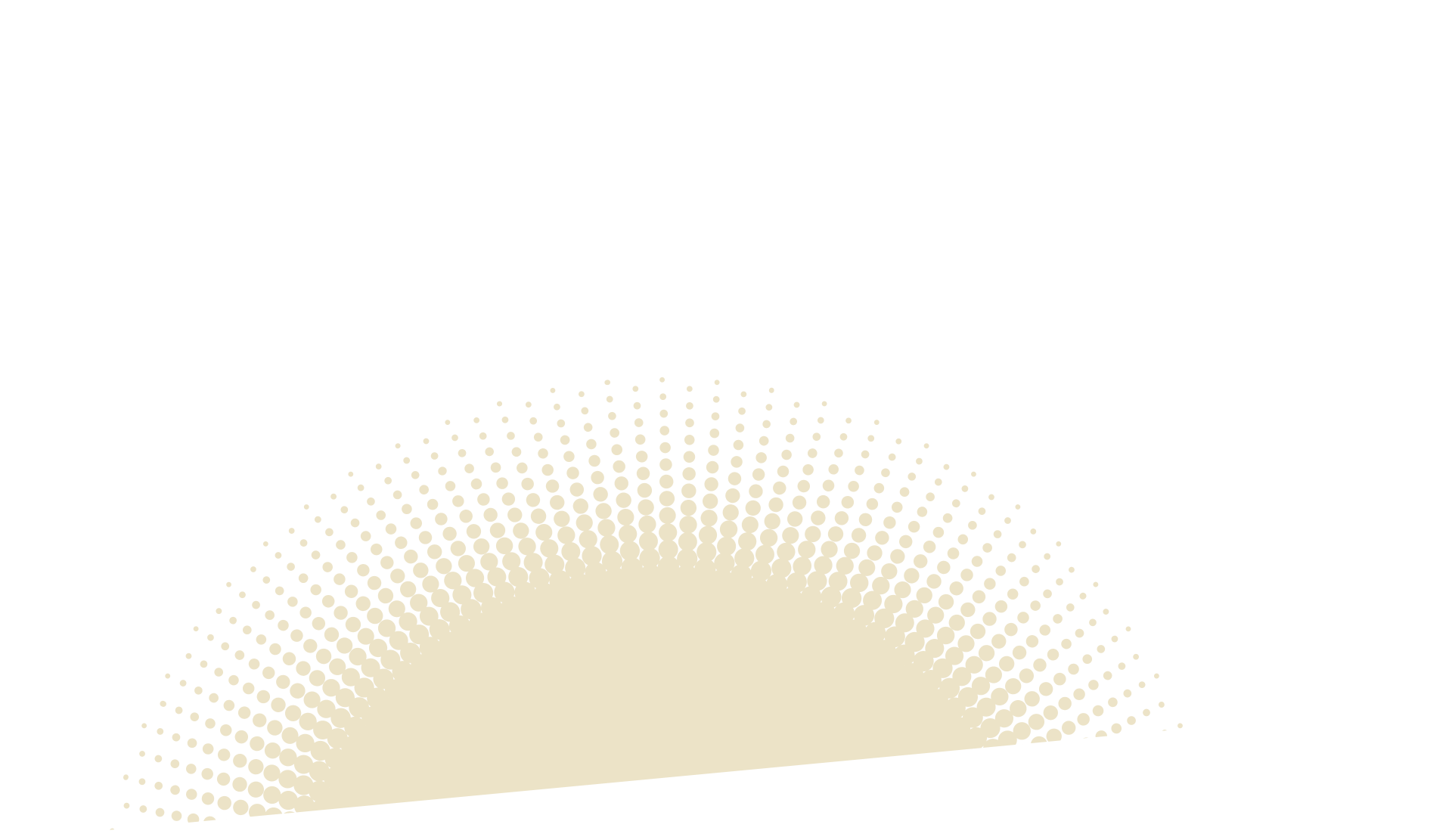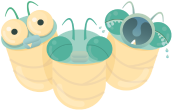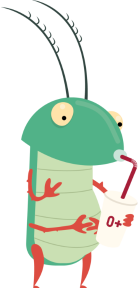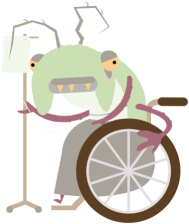The human head louse is a blood-sucking insect which leaves tiny bite holes in the scalp. These holes become itchy. Head lice don’t jump and they can't fly: they can only crawl. They migrate by head-to-head contact and are sometimes propelled by static electricity. For more on the world of the louse, read on…








The nit becomes a juvenile (nymph) after 7 to 8 days. In another 7 to 10 days the nymph matures and is capable of laying nits.


Lice are most comfortable on the darkest parts of the scalp. They like it best behind the ears, where it is warm and moist. And they like to stay close to the scalp. So put the clippers away, there’s no point cutting your hair off!
Lice can spread to anyone. They migrate by hair-to-hair contact, so children are most at risk. Having head lice has nothing to do with personal hygiene. Where are they found?

10:04

12:30

13:44

13:52